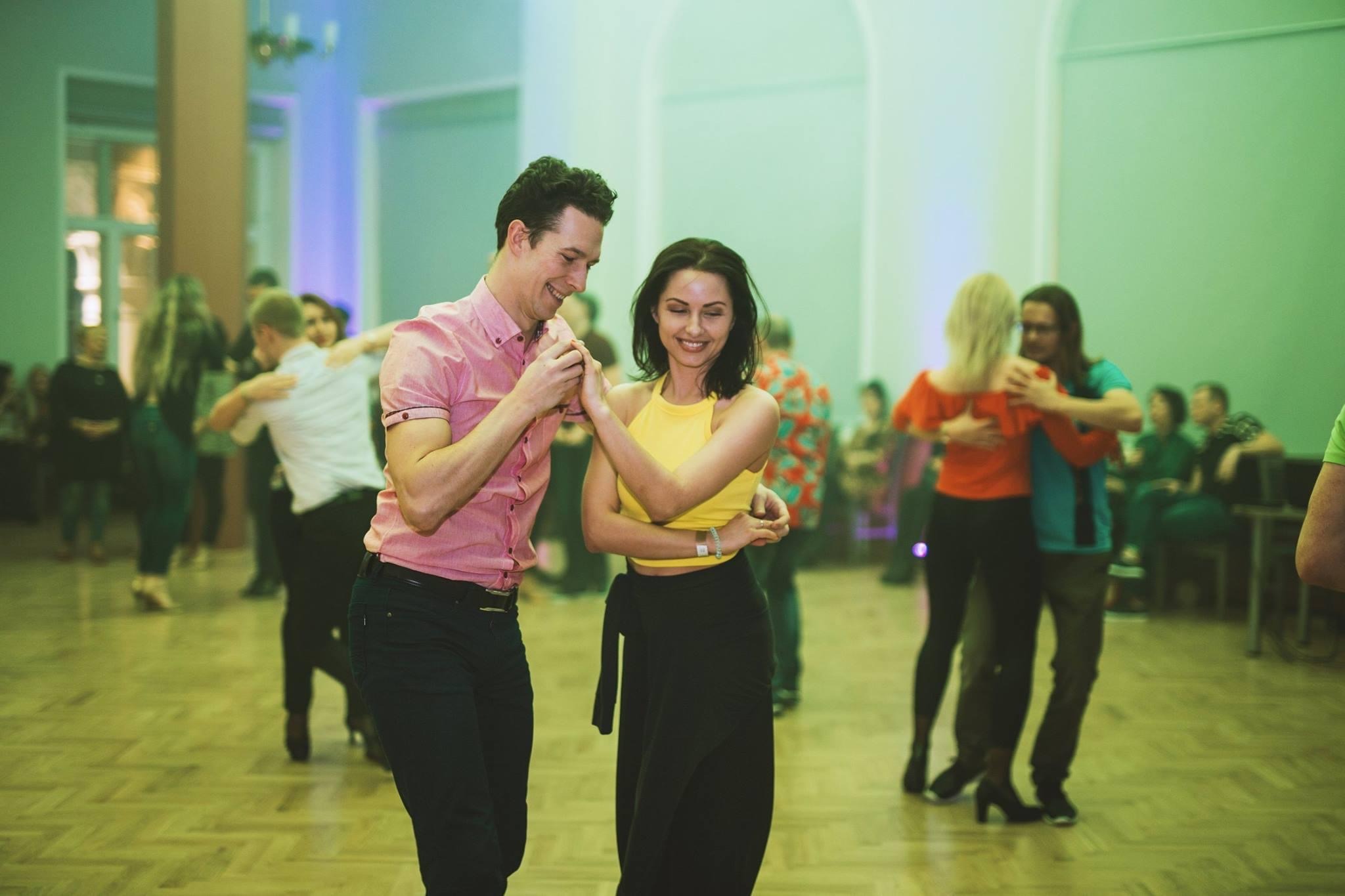
The Significance of Lead and Follow Dynamics in Ballroom Dance
At the heart of every great ballroom dance partnership is the art of communication — and that communication happens through lead and follow dynamics. This principle is one of the most important skills to master, especially in social settings where partners change frequently. Whether you’re dancing Waltz, Tango, Salsa, or Swing, your ability to clearly lead or sensitively follow will make your experience smoother, more enjoyable, and more musical.
In ballroom dance, the leader initiates movement, sets direction, and guides transitions. The follower interprets that guidance and responds with timing and style. This doesn’t mean one role is more important — in fact, the best dancers understand both. Good leading is not forceful; it’s clear, confident, and gentle. Good following isn’t passive; it’s active, aware, and responsive. Together, the partnership creates a fluid, unspoken dialogue.
One of the best ways to improve your lead or follow is by dancing with multiple partners, especially during group classes or social dance parties. Different dancers move, respond, and communicate differently. For example, leading a beginner in Cha-Cha may require more patience and clear signals, while following a skilled Tango lead means staying grounded and open to sudden direction changes.
At Dancing Like A Star, we prioritize building strong partner connection skills right from the start. We teach students how to use frame, body contact, hand pressure, and even eye contact to stay connected with one another. When this connection is strong, the dance becomes seamless and expressive — a truly shared experience that transcends words.



Leave a Reply
You must be logged in to post a comment.